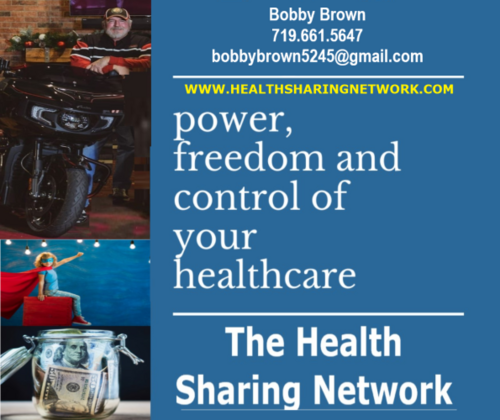

Some people are able to find value in a good health insurance plan. But for many, health insurance is a monthly drain on their wallet that provides little benefit or value. Personal choices are often limited, and large corporations are dictating care options.
In this article, we’ll take a closer look at why many view the traditional health insurance business model as a complete rip-off.. and shine a light on better ways to manage your health.
Over the last decade, traditional health insurance has been marked by a concerning trend of escalating prices.
The Affordable Care Act (ACA), commonly referred to as “Obamacare,” was passed into law in 2010. It was sold as a plan to make healthcare more affordable and accessible.
While it did expand health insurance coverage to millions of Americans, there were some very serious downsides to it:
As of 2023, the average cost of a monthly insurance premium for a single 40-year-old is approximately $53 9 per month, bringing the yearly cost to around $6,468.
9 per month, bringing the yearly cost to around $6,468.
The cost to insure a family without a subsidy now tops $22,000, according to data from the Kaiser Family Foundation.
(Note these rates vary greatly by location).
This cost doesn’t include deductibles and other out-of-pocket consumer expenses. Many people have to pay an additional $5,000 or more before their insurance company will start covering any medical expenses at all.
When you add in coinsurance and copays, it becomes clear why many people are still unable to access reliable medical care at all.
When an unexpected medical emergency arises, attempting to cover these extremely high costs can lead to devastating financial repercussions. Facing the stress of debt and potential bankruptcy is the last thing anyone needs while also trying to manage a serious medical issue.
But even among people with insurance, medical debt is one of the leading causes of bankruptcy.
The traditional health insurance system often masks genuine choice with a facade of options.
One of the critical shortcomings is the prevalence of “narrow networks.”
A significant portion of Obamacare plans are designed as Health Maintenance Organizations (HMOs). An HMO is a network of doctors, hospitals, and other healthcare providers who have agreed to provide care at reduced rates to the insurer’s clients.
While this may sound advantageous in terms of cost, it comes with its own set of limitations: Under an HMO, you typically need a referral from your primary care doctor to see a specialist, which can delay care.
It also adds an extra layer of cost for the patient, who must pay two visit fees and possibly take two breaks off work to go to the appointment instead of just one.
Furthermore, if you’ve been seeing a doctor for years and they aren’t part of the HMO network, continuing that relationship can be cost-prohibitive.
This limited access can be particularly challenging if you’ve established a rapport with certain healthcare providers, or if you have unique health concerns that are best addressed by specific specialists.
The liberty to choose one’s doctor is not just a matter of personal preference, it’s an essential factor in the quality of healthcare you receive.
In the conventional health insurance paradigm, this freedom can be compromised. However, alternative healthcare models such as health sharing and direct primary care preserve the critical patient-doctor relationship.
Let’s take a closer look at these two examples:
By focusing on the patient-doctor relationship and removing insurance company bureaucracy both health sharing and direct primary care models emphasize healthcare quality, continuity, and personal choice over bureaucratic limitations.
Having the freedom to select your preferred doctor is invaluable when it comes to healthcare.
Alternative options like health sharing and direct primary care prioritize this aspect, enabling individuals to maintain crucial relationships with their trusted physicians and prioritize their health over insurance restrictions.
It’s important to recognize that health insurance can be advantageous for some but detrimental for others.
When regulations allow insurance companies to increase profits primarily by raising premiums, and when a substantial portion of those premiums for some taxpayers but not others is paid by the government, it becomes evident that many of the most productive and hardworking citizens are ill-served by the current system.
So how can you escape the Health Insurance Scam?
First, if you don’t have pre-existing conditions, you can drop health insurance altogether, and join a health sharing plan.
These plans save money compared to unsubsidized health insurance premiums, and give you more flexibility on choosing your own doctor.
Second, consider a high deductible health plan, and contribute as much as you can to a health savings account.
If you have money in your HSA, you aren’t limited to any HMO narrow networks. You can take your HSA money to any provider you choose.
Third, consider a Direct Primary Care plan. These money-saving plans are not only affordable, they get insurance out of the primary care picture entirely. When you’re a member of a DPC plan, there is no insurance intermediary at all.
It’s just you, and the direct primary care doctor you chose.
As it should be.
